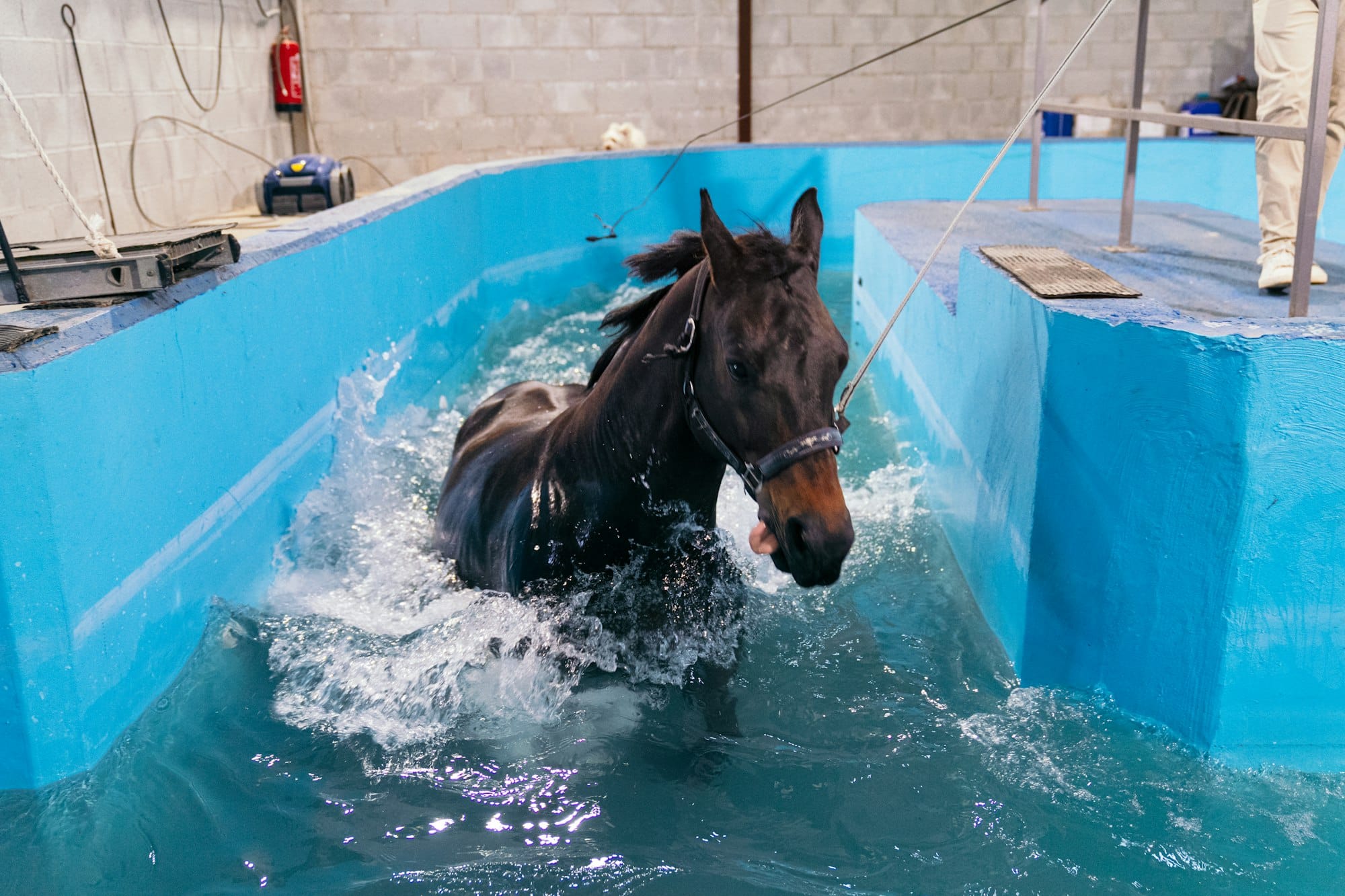What Are the Benefits of Hydrotherapy for Post-Stroke Motor Recovery?

The aftermath of a stroke can often be life-altering. It frequently manifests in the form of motor impairments, making it difficult for stroke survivors to regain their mobility and balance. In recent years, however, a time-honored treatment modality has been resurfacing in the world of post-stroke recovery – hydrotherapy. This article aims to dive into this topic, focusing on the effects of aquatic therapy in aiding stroke patients to regain their strength, balance and overall motor functions. So, let’s unfurl this intricate subject matter by diving headfirst into the water.
Understanding Hydrotherapy as a Treatment Modality
Before we delve into the specifics of the therapeutic benefits of aquatic exercises for post-stroke patients, it’s vital to first understand what hydrotherapy entails.
Sujet a lire : What Evidence Supports the Use of Cannabidiol (CBD) in Chronic Pain Management?
Hydrotherapy, also known as aquatic therapy, revolves around the use of water for pain relief and treatment. The principles of hydrotherapy are grounded on the unique physical properties of water, namely buoyancy, hydrostatic pressure, viscosity, and the thermal conductivity. When combined, these properties provide a unique environment that allows patients to perform exercises they may not be able to do on land.
In a typical hydrotherapy session, patients enter a pool of warm water. The temperature, usually kept at around 33-36 degrees Celsius, is designed to relax muscles and stimulate blood flow. However, hydrotherapy is far more than just a leisurely dip in the pool. Guided by a trained therapist, patients will undergo a series of water-based exercises tailored to their specific needs.
Lire également : What Are the Latest Advances in Continuous Glucose Monitoring (CGM) for Type 1 Diabetics?
But why are scholars and medical professionals increasingly turning to water as a means of aiding post-stroke recovery?
The Effects of Hydrotherapy on Post-Stroke Motor Recovery
Now that we have a grasp of what hydrotherapy entails, let’s dive into the pool of research surrounding its impact on stroke patients.
A controlled trial study published on Google Scholar revealed that hydrotherapy has a significant positive effect on the balance of stroke patients. The water’s buoyancy reduces the load on the weight-bearing joints, allowing patients to perform balance exercises with less fear of falling. Moreover, the viscosity of water offers resistance, facilitating muscle strengthening and endurance training.
In addition to balance, aquatic therapy has also been found to improve gait performance. Several studies have pointed out that hydrotherapy sessions can help enhance the walking abilities of stroke patients. The warm water relaxes the muscles, reducing spasticity and increasing joint range of motion. This combination allows patients to carry out gait training exercises more comfortably and effectively.
But the benefits of hydrotherapy extend beyond physical gains. Engaging in water-based exercises also contributes to improved psychological well-being. A sense of accomplishment and self-efficacy springs from the ability to perform exercises in the pool that may seem impossible on land.
Structuring An Effective Aquatic Therapy Program
Understanding the benefits of hydrotherapy is one thing, but how can these benefits be optimized in a structured aquatic therapy program? Let’s take a closer look.
To yield the most benefits from a hydrotherapy program, it’s essential to have a well-structured training regimen. Each session should last around 45 to 60 min, with exercises targeting both the upper and lower extremities. Concentrating on the entire body ensures a balanced recovery process.
Moreover, training should be progressive, gradually increasing in intensity and complexity. It’s also crucial to include both aerobic and resistant exercises in the program. Aerobic exercise is essential for cardiovascular health and endurance, while resistance training focuses on muscle strength and joint flexibility.
The nature of the exercises must be tailored to the individual patient’s physical and cognitive abilities. This personalization ensures that they are adequately challenged but not overwhelmed. Finally, the inclusion of task-specific exercises that mimic daily activities can help translate the gains made in the pool into real-life functionality.
The Future of Hydrotherapy in Stroke Rehabilitation
We’ve established the current benefits of hydrotherapy for post-stroke motor recovery, but where does this leave us regarding the future?
There’s a surge in the adoption of hydrotherapy in stroke rehabilitation, and the trend only looks set to continue. More research is being conducted, and the growing body of evidence is impossible to ignore. While water-based therapy is not a new concept, its application in stroke rehabilitation is a relatively recent development.
Nonetheless, we’re seeing more rehabilitation centers adopting hydrotherapy programs. Moreover, hydrotherapy equipment manufacturers are continually innovating, developing new tools and technologies to improve the effectiveness of water-based rehabilitation.
While hydrotherapy may not completely replace traditional land-based therapy, it offers a compelling adjunct treatment. As we continue to ride the wave of this trend, hydrotherapy will likely play an increasingly crucial role in the recovery journeys of stroke patients.
In summary, hydrotherapy, with its unique water-based exercises, is showing significant promise in improving post-stroke recovery. Its effects on balance, muscle strength, and psychological well-being are becoming increasingly evident. With more research and innovation, hydrotherapy looks set to redefine the landscape of stroke rehabilitation. However, its applications go far beyond just stroke recovery – as we continue to explore the potential of water-based therapy, who knows what other therapeutic benefits we might uncover?
Analyzing Research on Aquatic Therapy for Post-Stroke Recovery
With a solid understanding of hydrotherapy and its principles, we can now delve into the extensive research available on this topic, specifically in relation to stroke rehabilitation.
According to a study published on Google Scholar, aquatic therapy is an effective intervention for enhancing the motor recovery of stroke patients. The study, a randomized controlled trial, revealed that patients who participated in water-based exercises showed significant improvements in functional independence, balance, and gait speed compared to the control group.
The results of this controlled trial are echoed in another study, a meta-analysis of research on the topic. This analysis, which included studies from reputable databases including PubMed, found that stroke patients who engaged in aquatic therapy had better functional outcomes and greater muscle strength compared to those who only had land-based therapy.
The research also demonstrated the psychological benefits of this treatment modality. Many stroke patients often feel a sense of fear during land-based exercises due to the risk of falling. However, hydrotherapy, with its buoyancy and resistance, offers a safe environment where patients can exercise with reduced fear, thus boosting their confidence and motivation.
The benefits of hydrotherapy extend further to the cognitive domain. A separate study, opened in a separate window, found that patients who underwent water-based exercises showed improvements in cognitive function and memory. This can be attributed to the combined physical and mental stimulation aquatic therapy provides, making it a holistic approach to stroke rehabilitation.
Concluding Thoughts on Hydrotherapy for Post-Stroke Motor Recovery
As we wrap up our deep dive into the realm of aquatic therapy for stroke rehabilitation, let’s take a moment to reflect on the insights we’ve gathered.
Based on the presented research, it’s clear that aquatic therapy is a promising and effective approach to post-stroke motor recovery. By taking advantage of the unique properties of water, hydrotherapy allows stroke patients to safely perform a range of exercises that enhance their functional independence, balance, and muscle strength.
Furthermore, hydrotherapy also addresses the psychological and cognitive aspects of stroke rehabilitation. It boosts patients’ confidence, motivation, and cognitive function, offering a comprehensive approach to recovery.
Given these benefits, it’s unsurprising that the therapy group of health professionals worldwide is increasingly incorporating hydrotherapy into their stroke rehabilitation programs. As more research continues to affirm the effectiveness of this treatment modality, we can expect hydrotherapy to become an integral part of stroke rehabilitation.
But as with any therapeutic approach, it’s crucial for therapy to be tailored to the specific needs and abilities of each patient. It’s not just about providing the treatment – it’s about ensuring that the treatment is delivered in a way that maximizes its benefits for the patient.
In conclusion, the resurgence of hydrotherapy in stroke rehabilitation is a testament to the timeless relevance of water in therapy and healing. As we continue to explore and understand the benefits of water-based exercises, it’s exciting to imagine the potential that lies beneath the surface.
